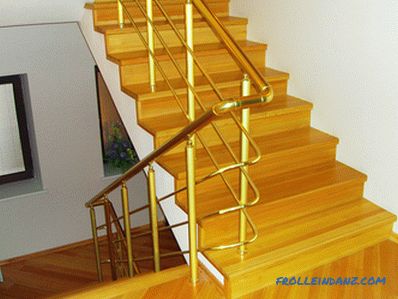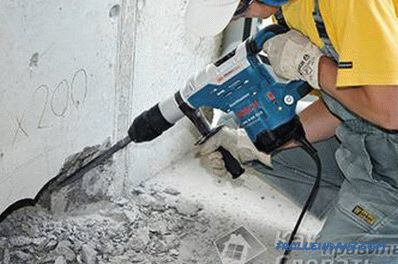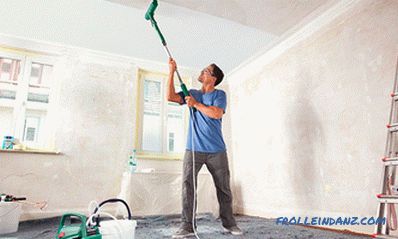After moving to the one-room "Khrushchev" we decided to make a repair, which included the replacement of the old kitchen door. The interroom door is made of solid wood, and it was very pitiful to throw it away, even though it looked awful. Then it was decided to restore the old door with his own hands and thereby save on the purchase of a new one.
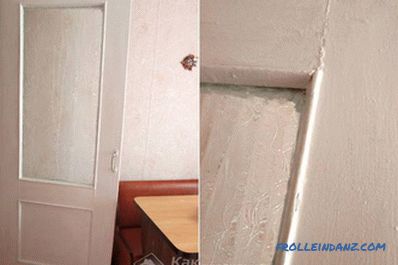 The door was in a deplorable state
The door was in a deplorable state
This is how our door originally looked. As you can see, her condition is rather pitiable and not at all aesthetic.
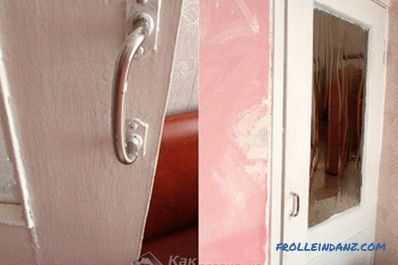 Fittings are completely unpresentable
Fittings are completely unpresentable
The door had old-style handles resembling a hospital room; a lot of paint stains, the layers of which were not counted; protruding trim, which simply disfigured the door, and, of course, completely uneven surface.
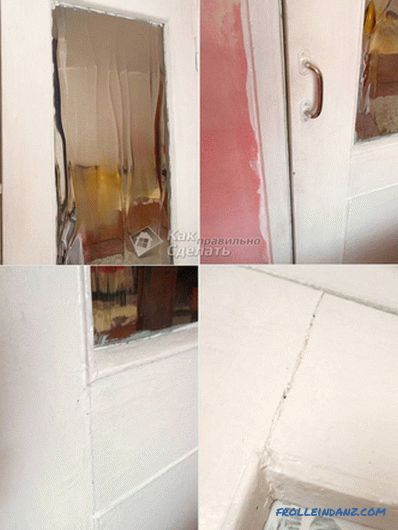 There have been a lot of smudges
There have been a lot of smudges
This door has been standing since its construction, namely since 1968.
First we unscrew the old handles. Then they removed the door from the hinges. To level the door surface at home, we decided to use a plane.
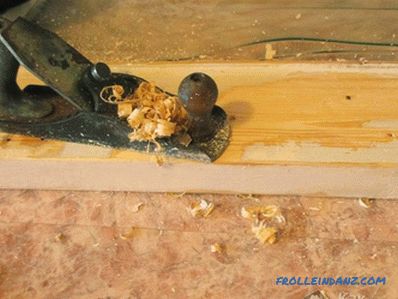 To remove the paint, we used the planer
To remove the paint, we used the planer
The plane removed the old layer of paint in prominent places quite well. With a plane, the protruding edges of the platbands were removed and the end surface was processed so that the corners of the door were smooth.
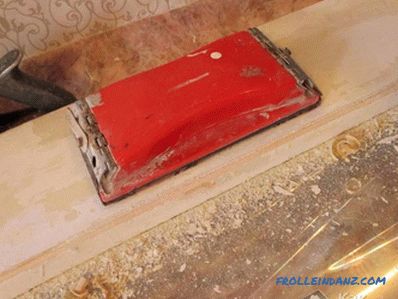 Polished with emery paper
Polished with emery paper
Then we used a large emery paper to grind the surface of the door leaf.
 So many chips removed
So many chips removed
The result was a rather impressive amount of garbage and wooden chips.
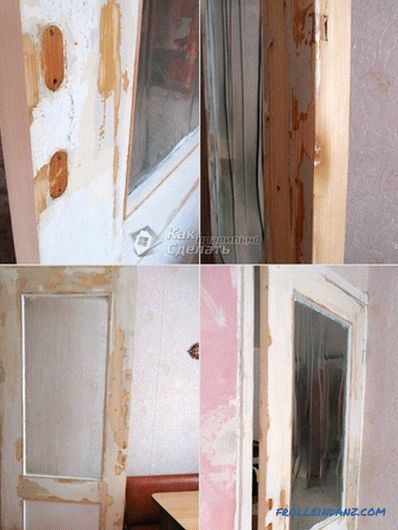 The door was set again
The door was set again
Next we returned the door to its place.
It is necessary to work with the plane carefully so that it does not work out too deep grooves.
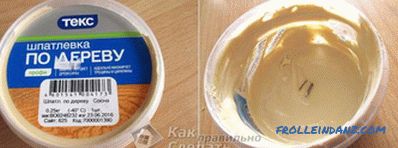 Putty on wood
Putty on wood
is used for initial processing. Then putty on wood went on. . I recommend taking more volume, since we lacked 0.25 kg jars and we had to buy more.
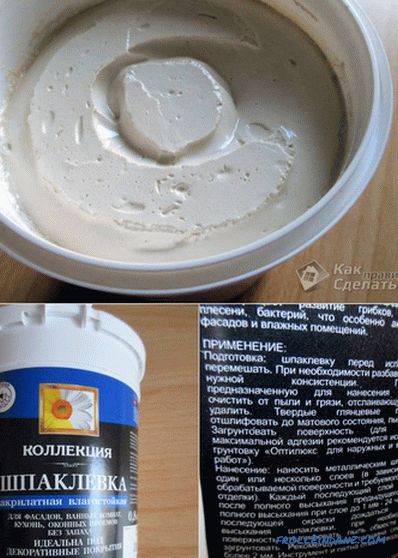 Acrylate putty was bought
Acrylate putty was bought
In total, I took about 0.7 kg of putty.
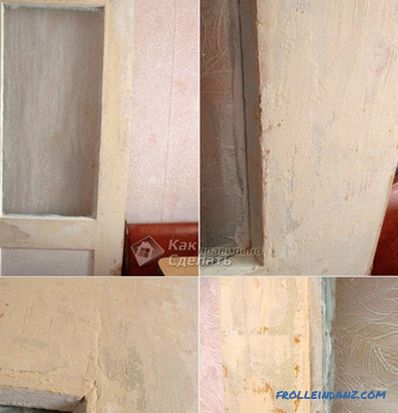 This is what the putty surface looks like
This is what the putty surface looks like
I applied wood putty with a soft spatula. In places with large grooves had to put more than one layer. After the putty has dried, we sand the door panel again with sandpaper.
As a result, the door acquired such a look.
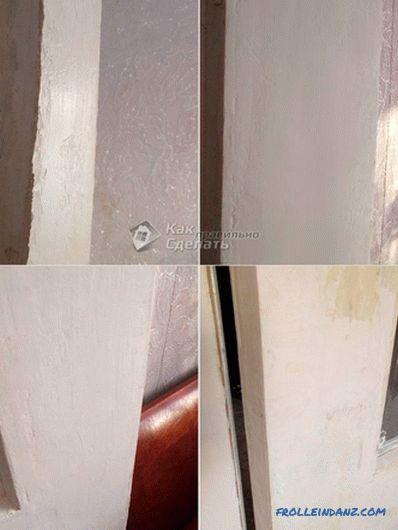 The surface is again sanded
The surface is again sanded
The next step was to paint the door with white acrylic enamel.
 This paint was chosen for finishing painting
This paint was chosen for finishing painting
Enamel does not have a sharp harmful odor and does not turn yellow. by time.
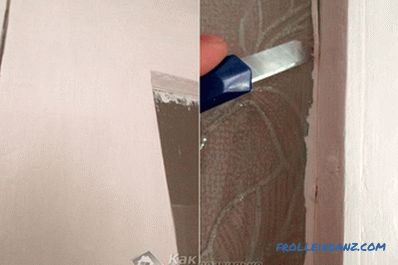 After dyeing, the paint was cut with a knife from the glass, but you can use painting tape
After dyeing, the paint was cut with a knife from the glass, but you can use painting tape
Paint marks that left on the glass, I removed using a clerical knife. It would be more practical to pre-tape the glass with adhesive tape, but unfortunately I did not.
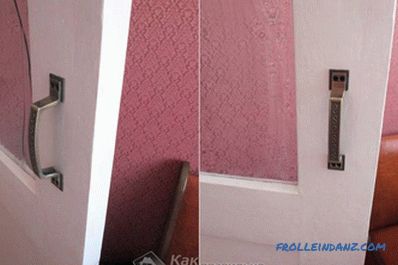 At the end, we fastened the handles
At the end, we fastened the handles
At the very end we fastened the new door handles. At this our home restoration was completed. The door has acquired a noble aesthetic look. I would be glad if our experience will be useful to you.

